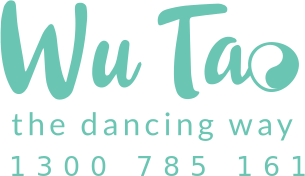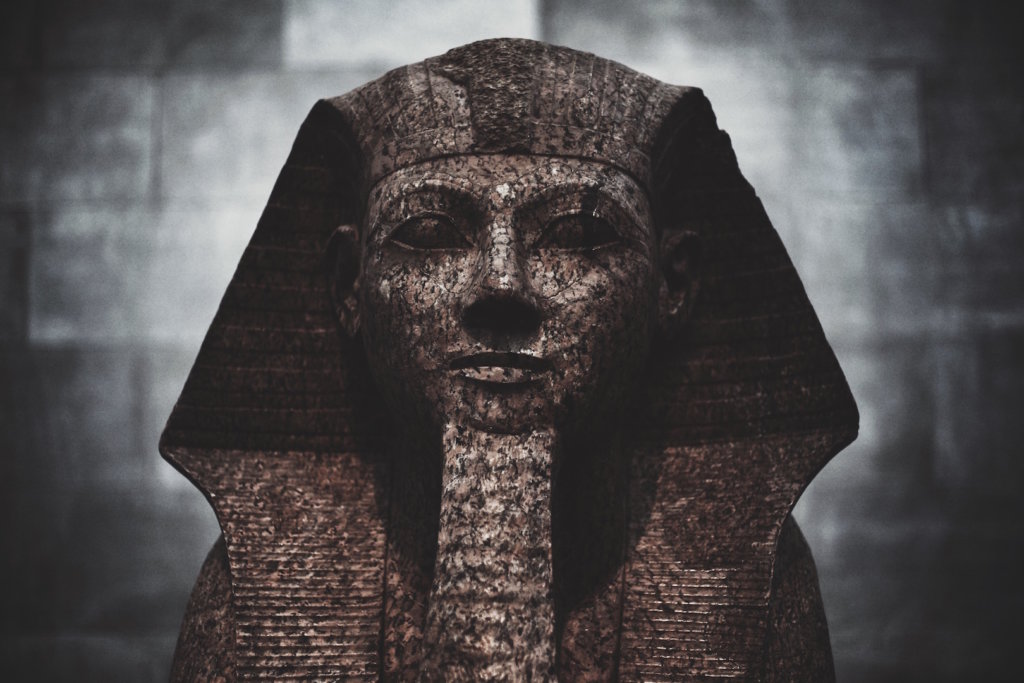A Brief History
Dance has been around longer than the written language and has played an important role in ceremony, rituals, celebrations and entertainment way well before the birth of the earliest human civilisations. Archeologists have found evidences of dance in India and Egypt dating back thousands of years BC. It’s been used as a way to pass down stories from generation to generation and a part of healing rituals in many cultures including Africa, India, Asia, Europe and the Americas.
Historians have observed that dance through the ages has emerged as a response to music, however as Lincoln Kirstein (co-founder of New York City Ballet) once said, it is at least as likely that primitive music arose from dance. Ted Shawn (A pioneer of contemporary dance) agreed, stating that dance “was the first art of the human race, and the matrix out of which all other arts grew.”
Watch this video for a history of dance
Shamanic Dance
Balinese Legong Dance
Dance, Rhythm and Music
Dance is generally, though not exclusively, performed with the accompaniment of music and may or may not be performed in time to such music. Some dance such as flamenco and tap dance may provide its own audible accompaniment in place of (or in addition to music.
An example of flamenco with and without the accompaniment of music.
Tap dancing with the legendary Fred Astaire and Gene Kelly
Rhythm is a powerful force. It can regulate mood, ranging from the arousing effect of pounding war drums to the pacifying effect of gently rocking a baby. It can induce altered states of consciousness, as in spiritual rituals and shamanic traditions involving trance. Rhythmic skills displayed in the context of music and dance have been essential to our human evolution.
Importantly, rhythm and music can also be used for therapeutic purposes in the rehabilitation of conditions characterised by motor impairment, such as stroke, dementia and Parkinson’s disease.
Watch this TED talk of a man who uses dance to help his Parkinson’s Disease

